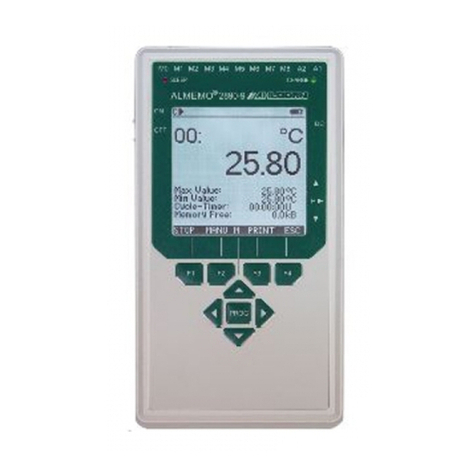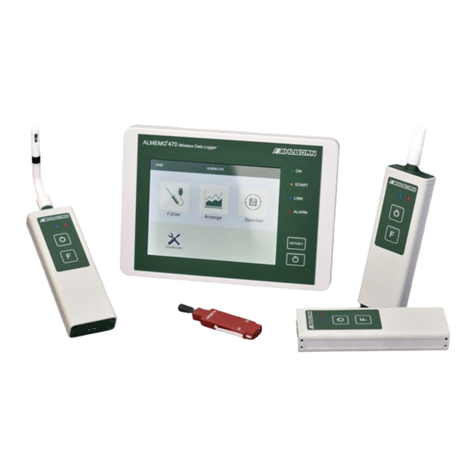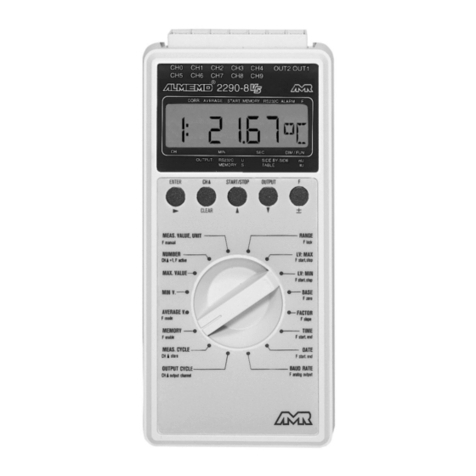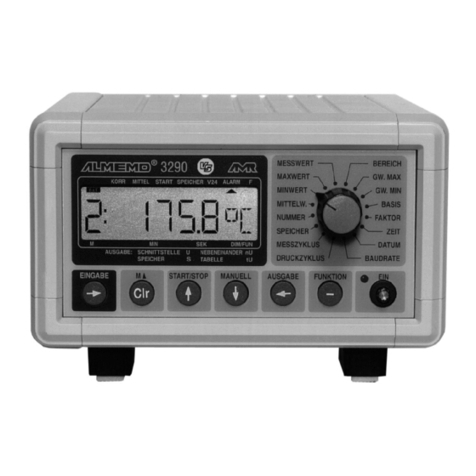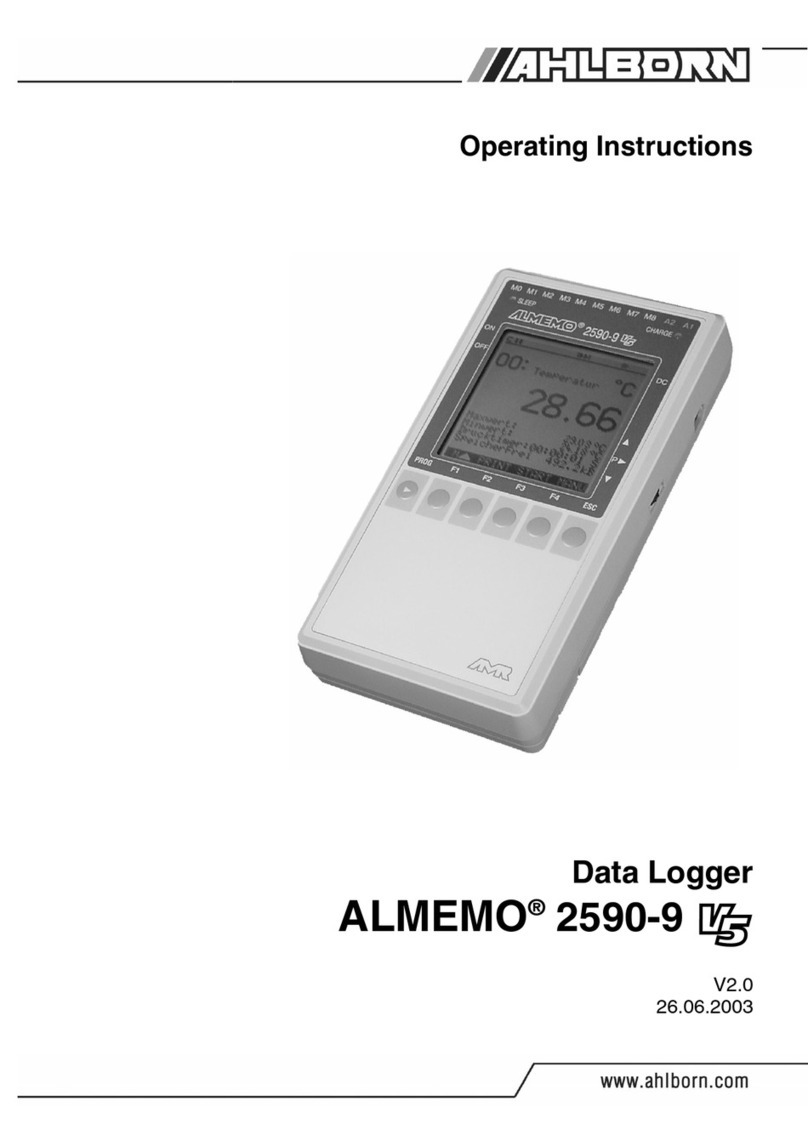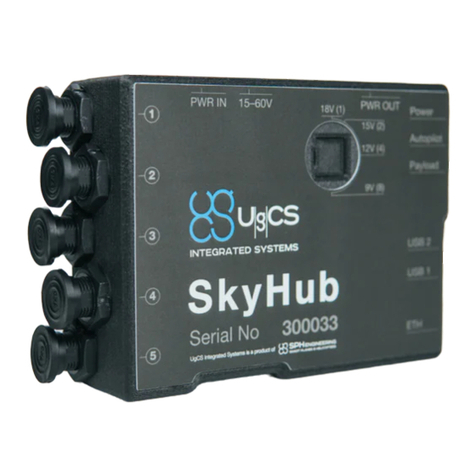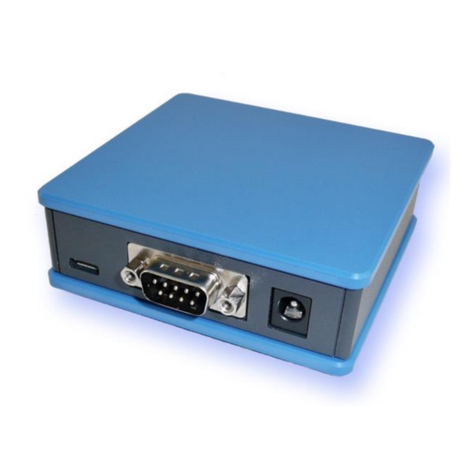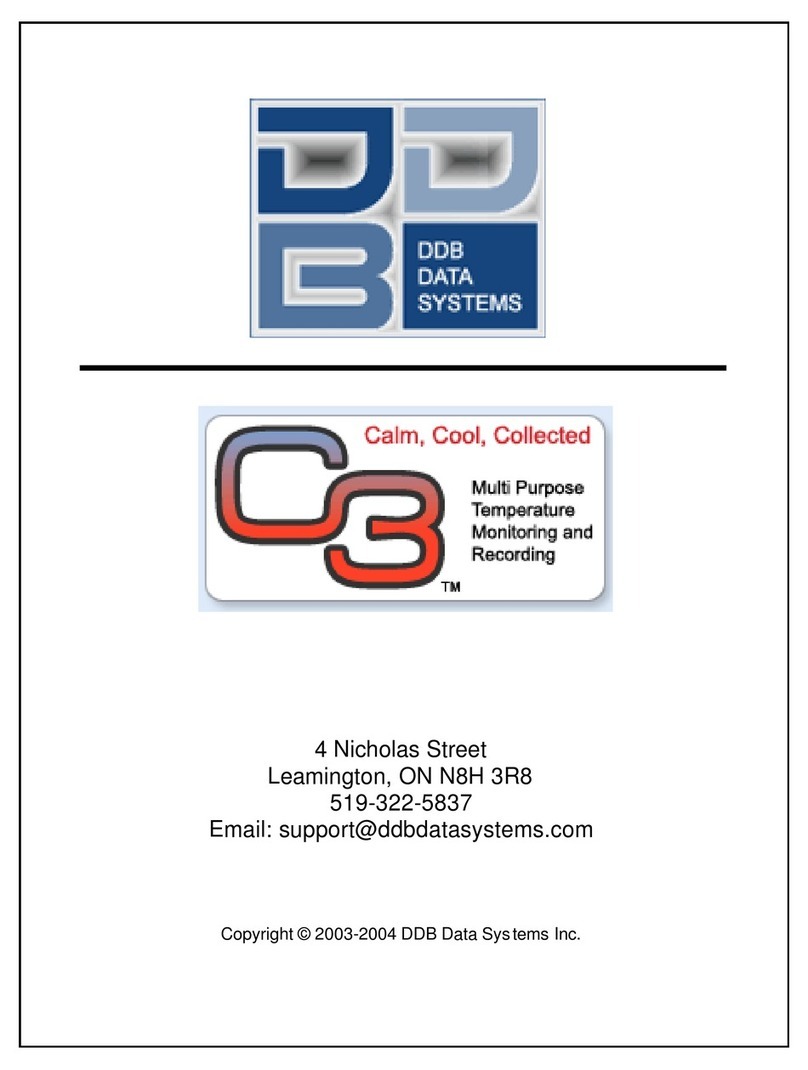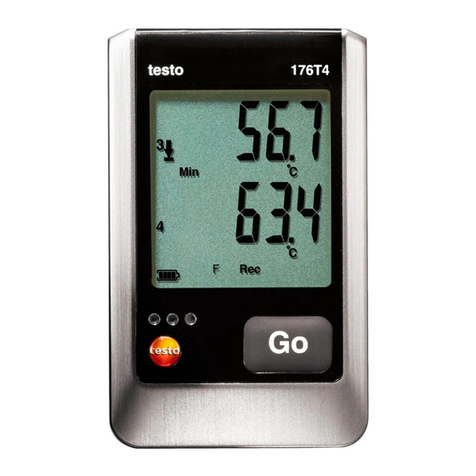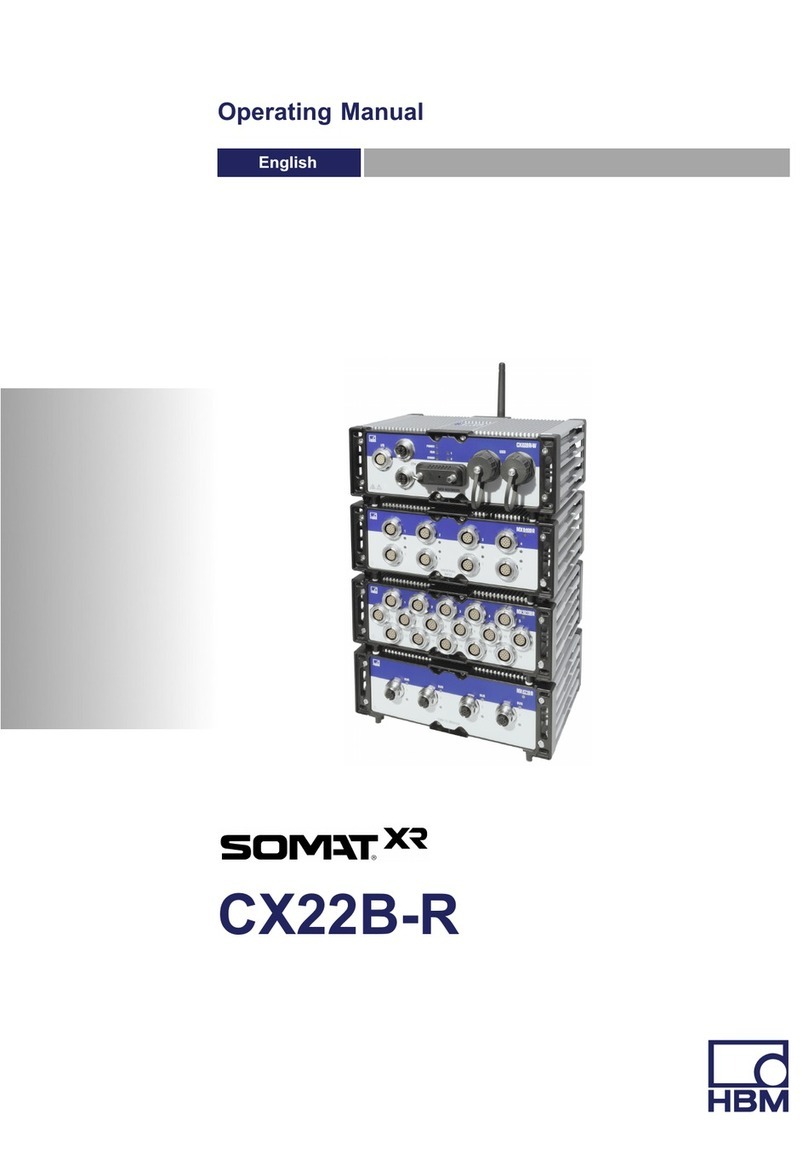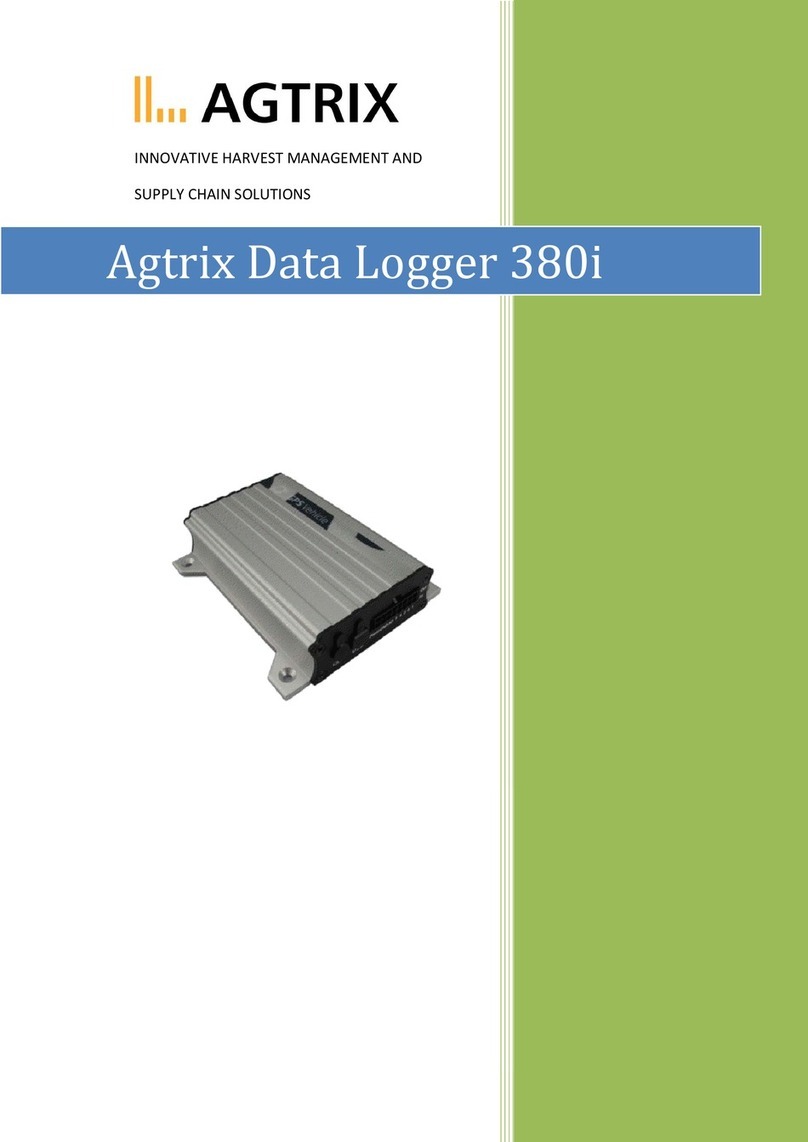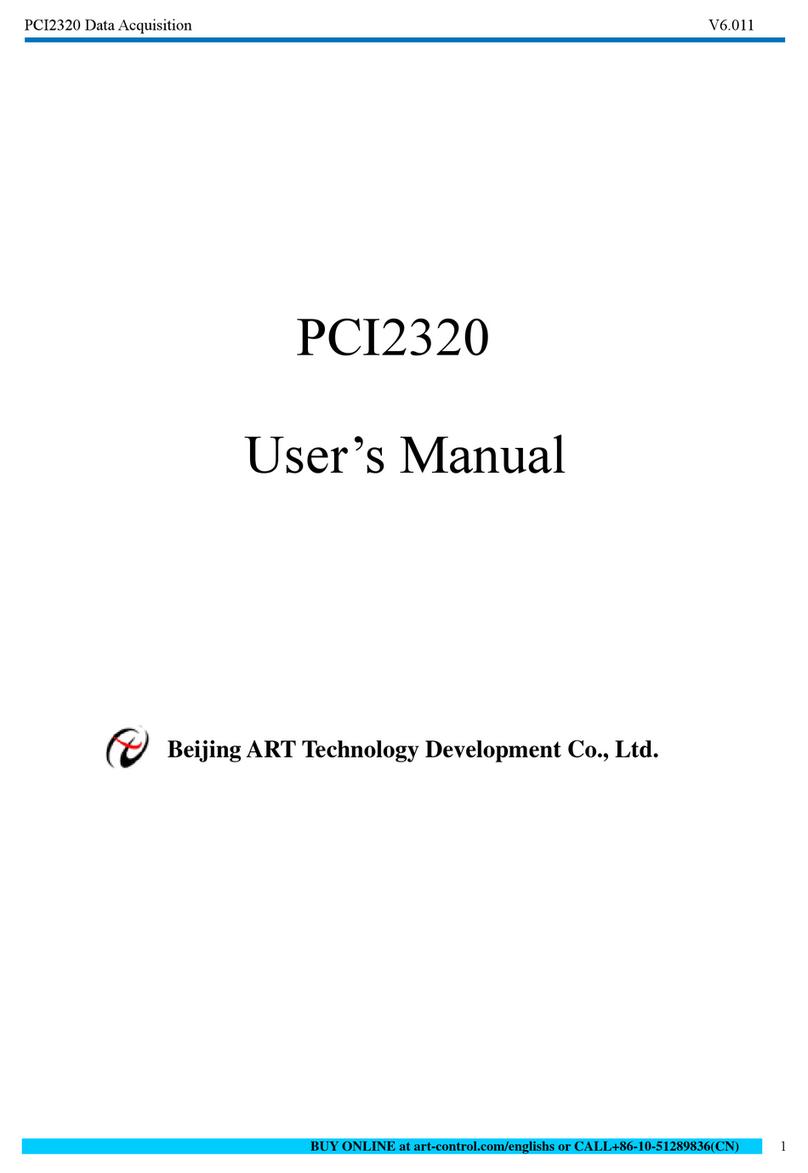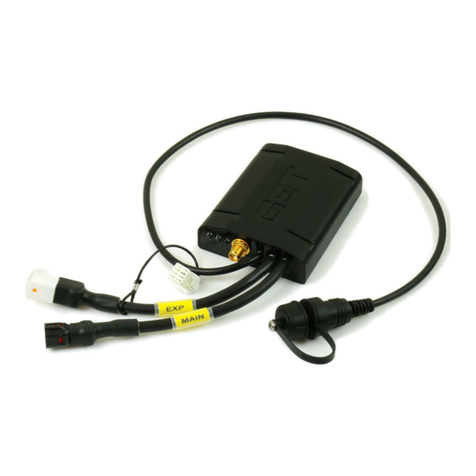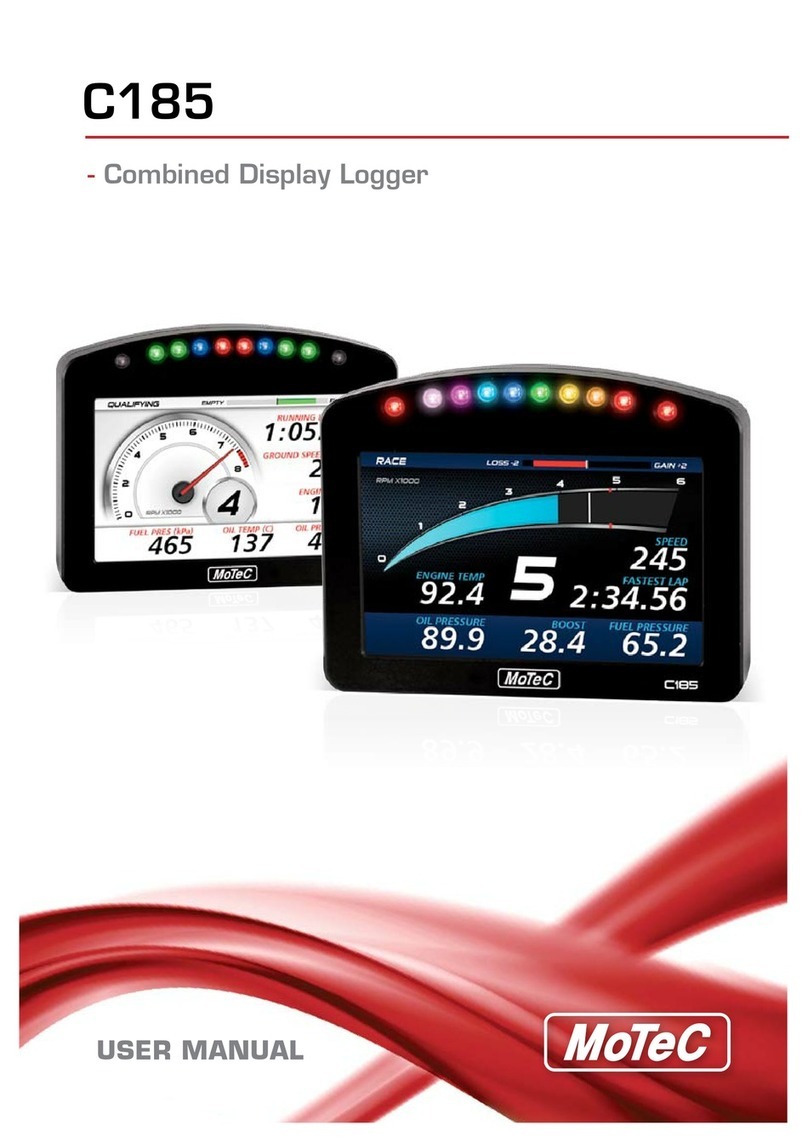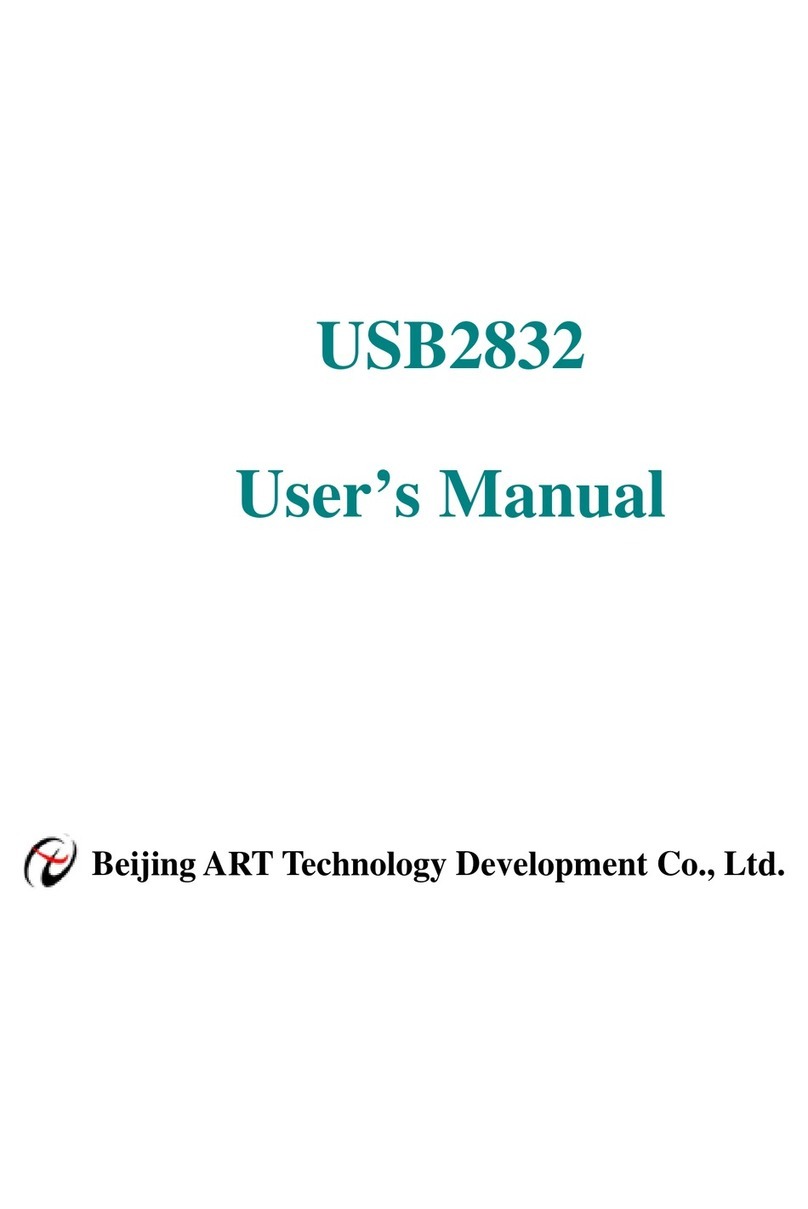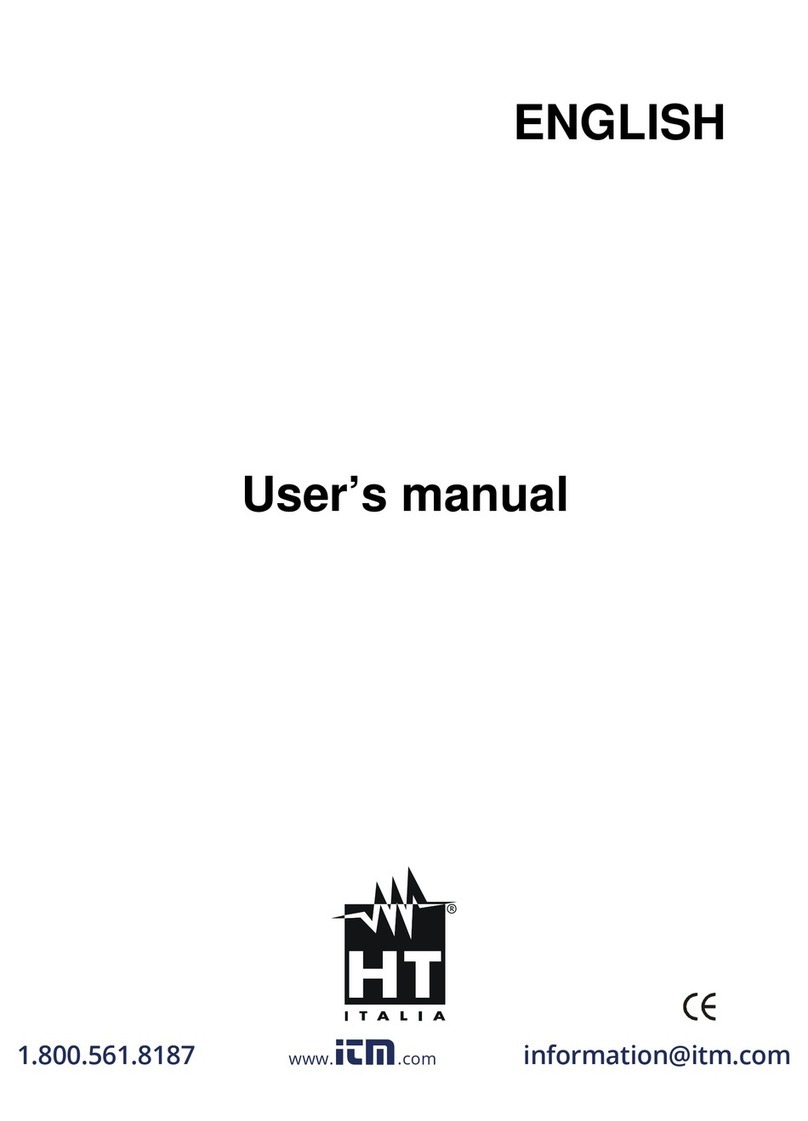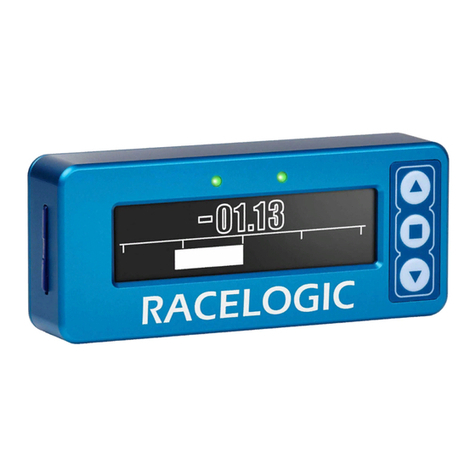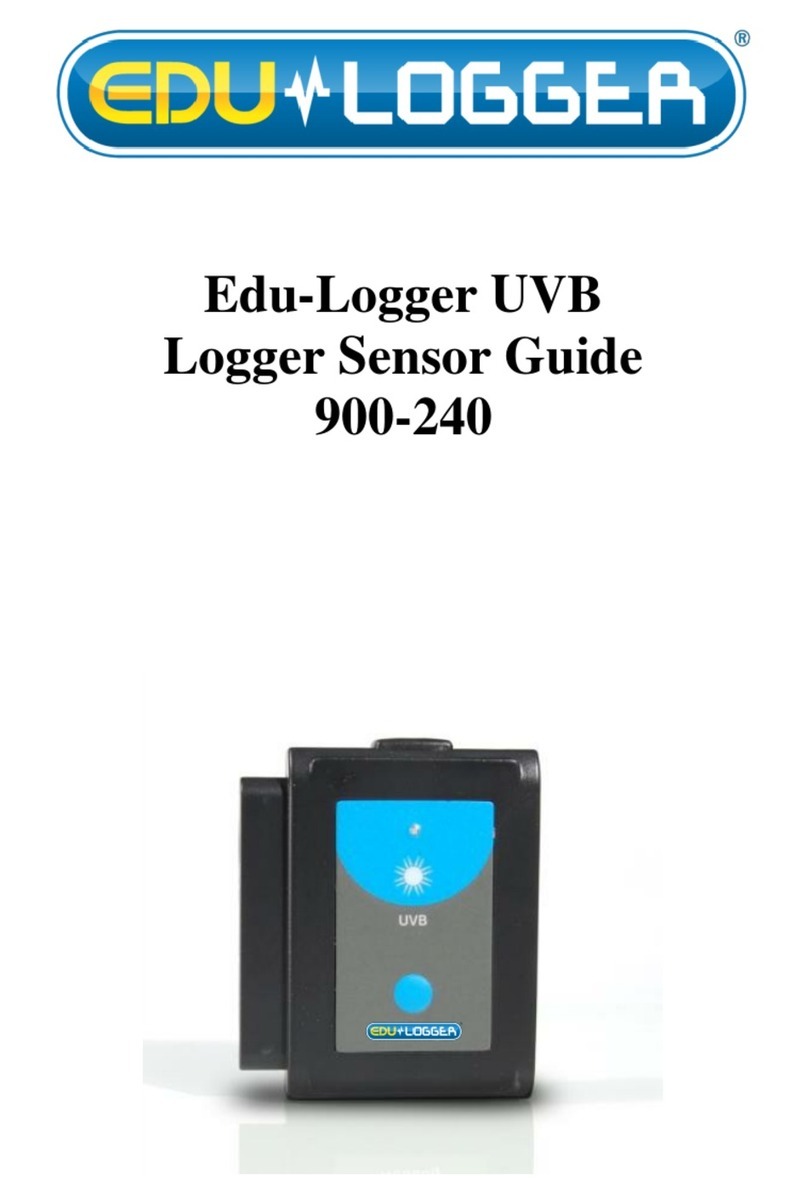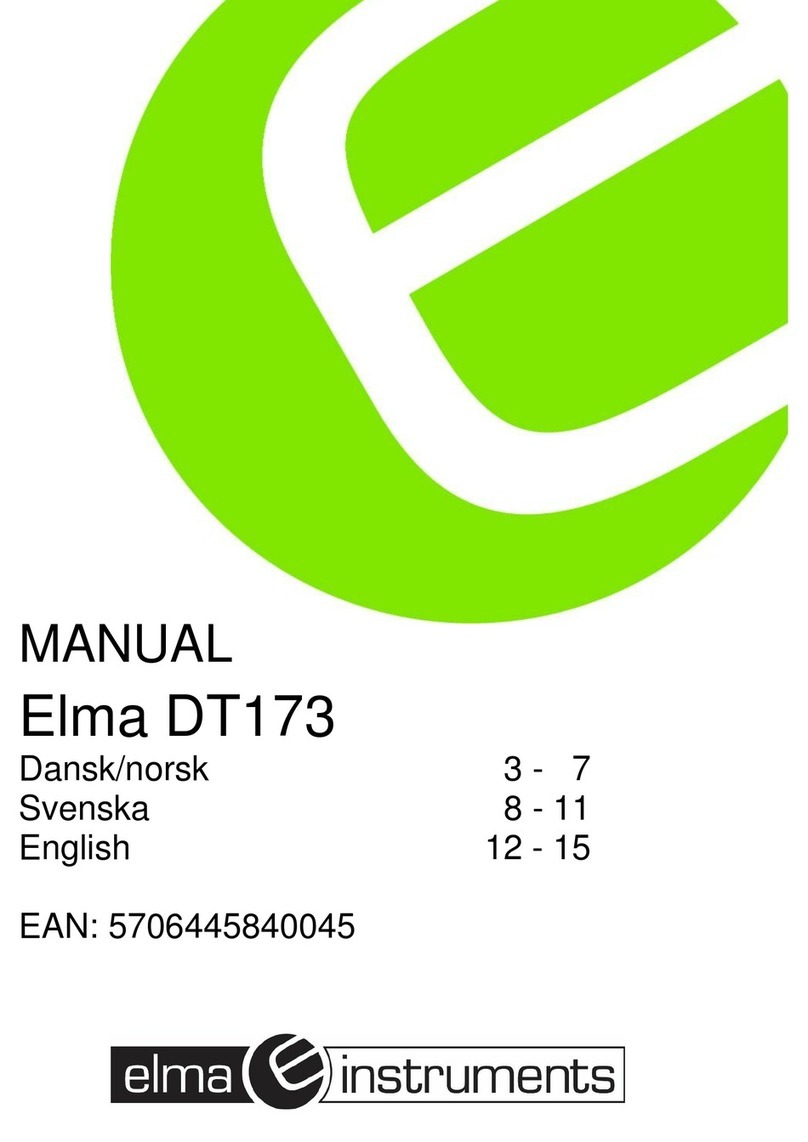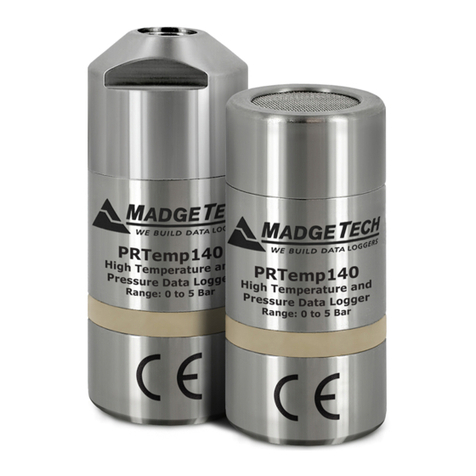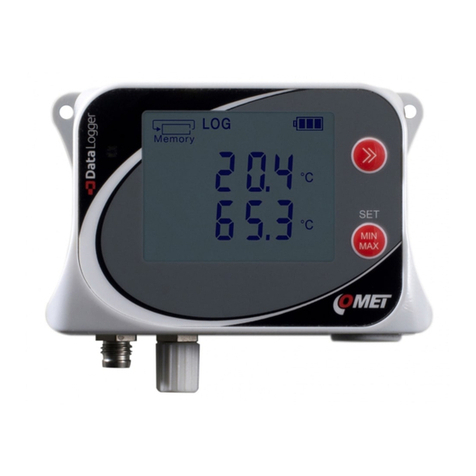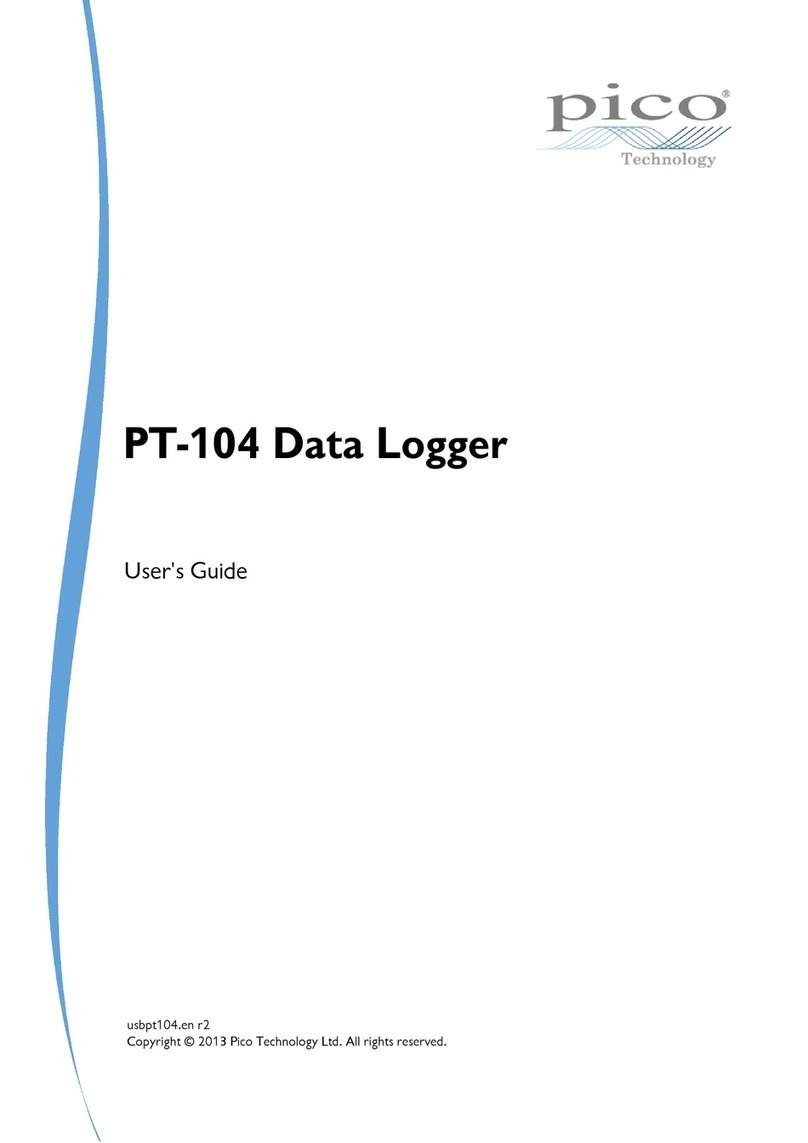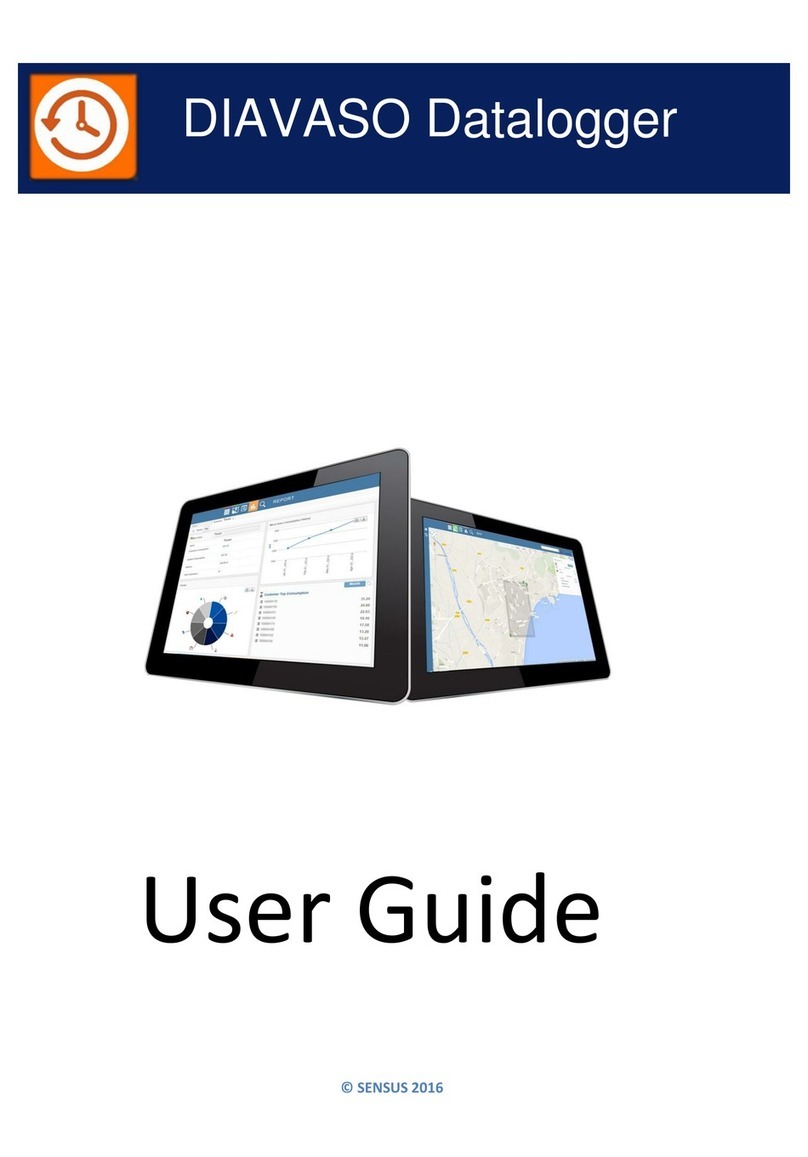2. Table of Contents
9.2. Temperature Compensation .......................................................26
9.2.6 Atmospheric Pressure Compensation.........................................26
9.2.7 Cold Junction Compensation.......................................................27
9.3 Measuring point scans and Output.................................................. 28
9.3.1 Single Output / Storage of all Measuring Points..........................28
9.3.2 Cyclic Output / Storage of all Measuring Points.......................... 28
9.3.3 Memory space, Memory Output, Clearing the Memory...............29
9.3.4 Output of Menu Functions...........................................................29
9.3. Displaying Measured Values as a Line Diagram ........................30
9.4 Averaging............................................................................................31
9.4.1 Damping of Meas. values by a Sliding averag. window.............. 32
9.4.2 Averaging Mode...........................................................................32
9.4.3 Averaging over Manual Single Measurements............................32
9.4.4 Net Measurement........................................................................33
9.4. Averaging over the Measuring Time............................................34
9.4.6 Measurement Time......................................................................34
9.4.7 Averaging over the Cycle.............................................................3
9.4.8 Averaging over several Measuring Points...................................36
9.4.9 Volume Flow Measurement.........................................................37
9.5 Display of Several Measuring Points ...............................................38
9. .1 Menu Multi Channel Display and Bar chart................................. 38
9. .2 Differential Measurement............................................................38
9. .3 Menu List of Measuring Points....................................................39
9.6 Assistant-Menus for Special Meas. Operations.............................. 40
9.6.1 Thermal Coefficient.....................................................................40
9.6.2 Wet Bulb Globe Temperature......................................................40
9.7 User Menus.........................................................................................41
9.7.1 Functions.....................................................................................41
9.7.2 Configuration of the menus ........................................................ 42
9.7.3 Function Printouts........................................................................43
9.7.4 Programming via the Serial Interface:.........................................44
10. PROGRAMMING WI H PROGRAMMING-MENUS..................................45
10.1 imes and Cycles.............................................................................45
10.1.1 Time and Date ..........................................................................4
10.1.2 Cycle with Storage Activation and Output Format.....................4
10.1.3 Conversion Rate, Continuous Measuring Point Scan............... 46
10.1.4 Time and Date of Start, Time and Date of End ........................ 47
10.2 Data Memory.....................................................................................48
10.2.1 Data Acquisition.........................................................................48
10.2.2 Numbering of measurements....................................................49
10.2.3 Starting and Stopping of measurements...................................49
10.2.4 Sleepmodus...............................................................................49
10.2. Memory Output.......................................................................... 0
10.3 Sensor Programming.......................................................................52
4 ALMEMO 2690-8





